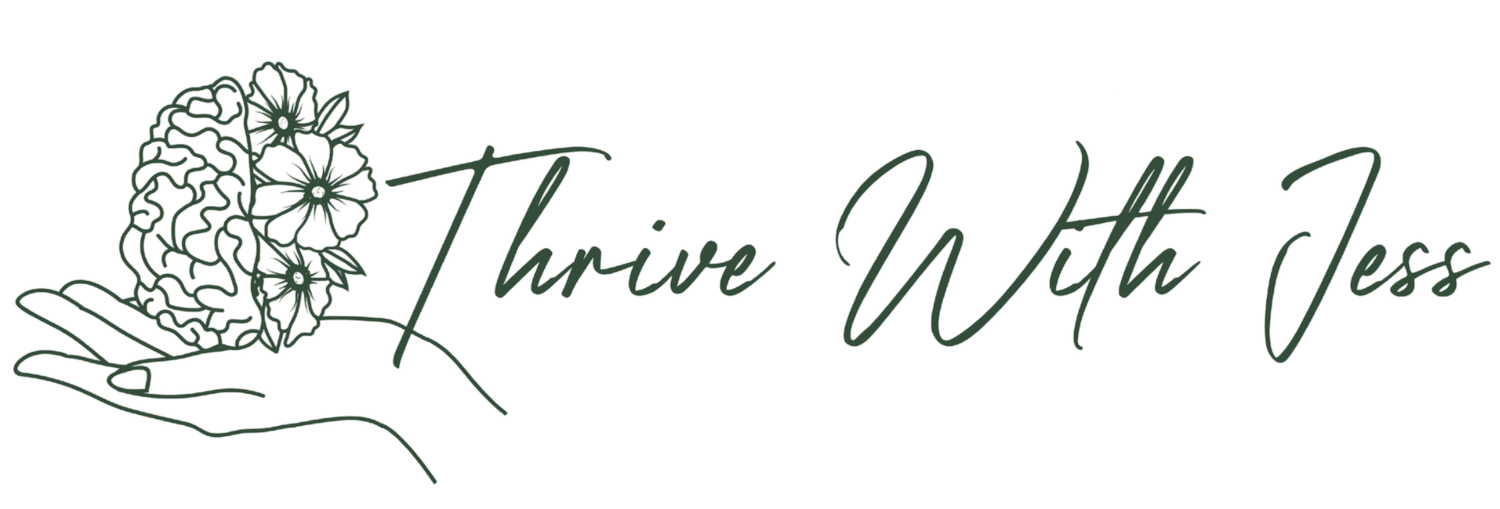Trauma 101: What It Is, What It’s Not, and How It Shows Up
These days, the word trauma gets thrown around constantly—on social media, in everyday conversation, even in memes. But here’s the thing: most people don’t really understand what trauma actually is.
As a trauma therapist, I can tell you—trauma is not just a buzzword. It’s a real, lived experience that can have long-lasting effects on your mental health, physical body, and relationships—often in ways you don’t even realize.
What Is Trauma? (And What It’s Not)
When I work with clients in my therapy practice, I often describe trauma like this:
Trauma is anything that hits you, and hits you hard. What that means to me is that whatever it was, was too much, too fast, or too overwhelming for your nervous system to handle—and it left a lasting imprint.
That means trauma is not defined by what happened, but by how your body and brain experienced it. And no, it doesn’t have to be a dramatic, life-threatening event to count (thought it can be these too).
Examples of traumatic experiences include:
Natural disasters
Physical or sexual assault
Car accidents
Emotional abuse or neglect
Chronic illness or injury
Bullying or harassment
Growing up in a chaotic or unsafe home
Sudden loss or abandonment
If it shook your sense of safety, control, or self-worth, it may have been traumatic—regardless of how “big” or “small” it seems to others.
How Trauma Shows Up in the
Body, Mind, and Relationships
You might not think you have trauma, especially if you’ve “moved on” or don’t talk about it, but the effects can linger. Trauma often shows up in subtle (and not-so-subtle) ways. Here are some common symptoms of trauma:
Physical signs of trauma:
Chronic muscle tension or pain
Fatigue or burnout
Trouble sleeping
Frequent illness or inflammation
Emotional signs of trauma:
Anxiety, panic, or constant worry
Emotional numbness or shutdown
Guilt, shame, or self-blame
Irritability or sudden mood swings
Relational signs of trauma:
People-pleasing or difficulty setting boundaries
Fear of closeness or vulnerability
Hypervigilance (always waiting for the other shoe to drop)
Emotional withdrawal or disconnection
Trauma can impact your nervous system, your attachment style, and your ability to feel safe—even in calm environments.
Understanding Trauma Responses
You’ve probably heard of the “fight or flight” response. However, when it comes to trauma, there are actually four common reactions your body may default to:
Fight: Anger, defensiveness, irritability
Flight: Avoidance, perfectionism, overworking
Freeze: Numbness, disconnection, dissociation
Fawn: People-pleasing, codependency, losing yourself in relationships
I feel like it is important to know that these responses are not personality flaws. They are hardwired survival responses. When you experience trauma, your body does what it has to do to protect you—and those patterns can stick around long after the threat is gone.
What Does Healing from Trauma Look Like?
Healing from trauma doesn’t mean “getting over it” or reliving everything. It means slowly learning how to feel safe again. To me, this means how to feel safe again in your body, in your relationships, and in the present moment. In trauma-informed therapy, we don’t dive straight into the pain. We start by helping you ground, regulate, and build internal safety. I often say:
“We want to manage the garden before we pull up the roots.”
So what could this look like? Some common tools and approaches for trauma healing include:
Nervous system regulation techniques (like breathwork, grounding, and somatic therapy)
Coping strategies for anxiety, overwhelm, or triggers
Expressive arts therapy and creative self-expression
EMDR therapy (Eye Movement Desensitization and Reprocessing), which I’m trained in
Healing takes time—but it’s absolutely possible.
You’re Not Broken—You’re Human
The more I learn about trauma, the more I believe this:
So much of how we behave, feel, and relate to others is shaped by what we’ve lived through.
That’s why I approach my work as a therapist from a trauma-informed lens. So so many of us are carrying stories and scars we haven’t had space to process.
If any of this sounds familiar, please know:
✨ You are not alone.
✨ You are not too much.
✨ You are not broken.
There is support available. When you’re ready, therapy can be a space to begin untangling what’s been held in silence—and start healing.
